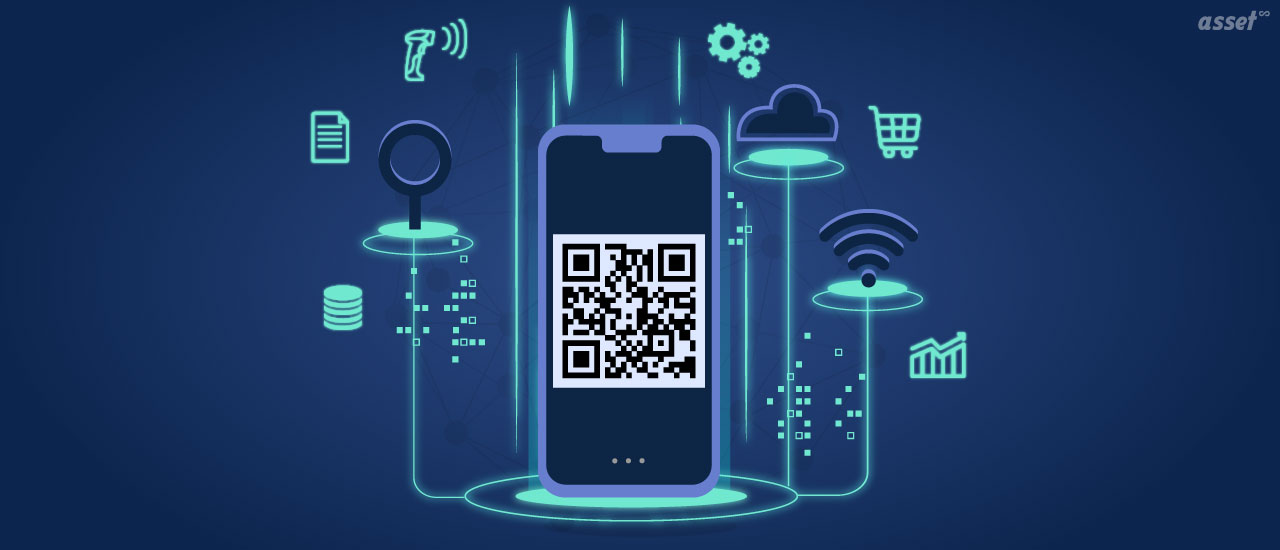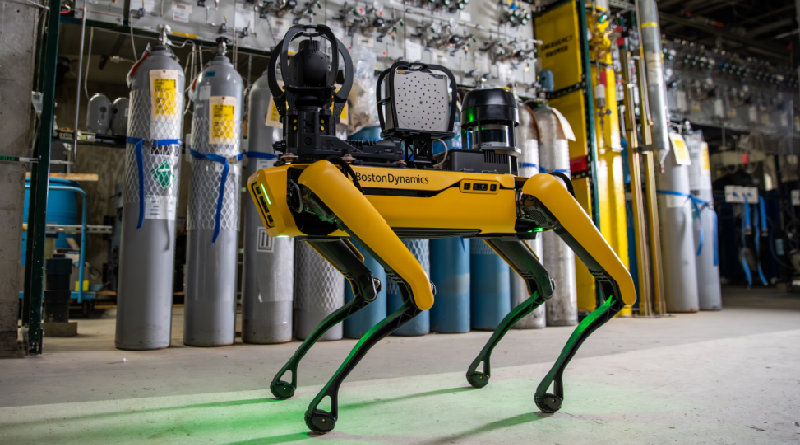In the ever-evolving world of technology, communication is constantly undergoing a transformation, and QR codes, or Quick Response codes, have emerged as a powerful tool poised to revolutionize the way we interact and share information. These ubiquitous two-dimensional barcodes, easily scanned by smartphones and other devices, hold the key to a more seamless, engaging, and efficient mode of communication.
Bridging the Gap Between the Physical and Digital Realms
QR codes serve as a seamless bridge between the physical and digital worlds, enabling a smooth transition from offline to online interactions. Embedded in product packaging, advertisements, public spaces, and even educational materials, QR codes act as gateways to a wealth of digital content, providing users with instant access to additional information, such as product details, website links, interactive experiences, and location-based services. This seamless integration of digital information into our physical surroundings enhances user experience, fosters deeper engagement, and empowers informed decision-making.
Revolutionizing Information Sharing and Consumption
QR codes have revolutionized the way we share and consume information. By eliminating the need for manual data entry, QR codes provide a quick and effortless way to access and share information, such as URLs, text messages, phone numbers, and even location coordinates. This has streamlined various processes, including ticketing and access control, attendance tracking, feedback collection, and inventory management. Additionally, QR codes have empowered individuals and organizations to share information more effectively, ranging from product promotions and marketing campaigns to educational resources and community engagement initiatives.
Transforming Marketing and Advertising
In the realm of marketing and advertising, QR codes have become indispensable tools for engaging with target audiences and driving conversions. By embedding QR codes in advertisements, both traditional and digital, businesses can seamlessly direct consumers to their websites, social media pages, or interactive experiences. This allows brands to provide more engaging and personalized experiences, gather valuable customer data, and measure the effectiveness of their marketing campaigns.
Enhancing Education and Learning
QR codes have emerged as powerful tools in the field of education, transforming the learning experience and making it more interactive and engaging. By embedding QR codes in textbooks, worksheets, and other learning materials, educators can provide students with instant access to supplemental information, such as videos, audio clips, interactive exercises, and online resources. This allows students to explore topics at their own pace, revisit concepts as needed, and engage with the material in a more immersive and personalized way.
Fostering Global Communication and Accessibility
QR codes have transcended language barriers and cultural differences, fostering global communication and accessibility. Their universal nature allows individuals from all corners of the world to access and share information without the limitations of language. This has facilitated cross-cultural understanding, promoted tourism and cultural exchange, and empowered communities worldwide to connect and share their knowledge and experiences.
Conclusion
QR codes, with their versatility, accessibility, and ability to bridge the physical and digital divide, have emerged as a cornerstone of the future of communication. As QR code technology continues to evolve, we can anticipate even more groundbreaking applications that will further transform the way we interact, share information, and engage with the world around us. QR codes undoubtedly hold the key to a more connected, informed, and engaging future.



